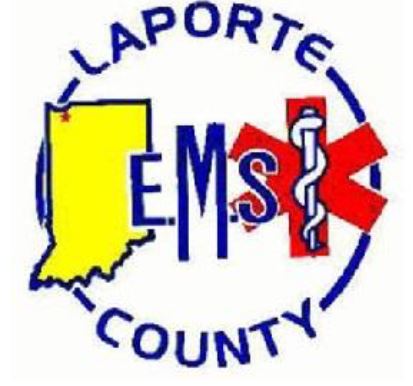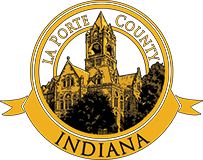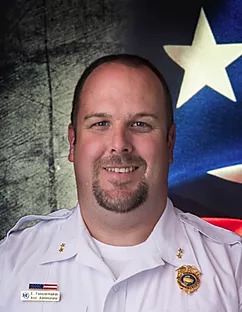AED

ADMINISTRATION
809 State Street, Suite 301
La Porte, IN 46350
Phone (LP): 219-326-6808 Ext. 2296
Phone: (MC): 219-872-0117
Fax: 219-872-0117
EMERGENCIES DIAL 9-1-1
OFFICE HOURS
Monday – Friday
8:00 AM – 4:00 PM
AED COLLECTIVE
Welcome to the AED Collective. We are a group of community partners working together to ensure our community has a safe, manageable and efficient program to help people who are suffering a serious heart event have the best chance at survival. The AED Collective includes staff from La Porte County EMS and the Health Foundation of La Porte (HFL), who are working on a special project to place AEDs in our community in the right place, every time, and to help educate on the importance of maintenance and training programs around AEDs. Together, as a community, we can make a big difference in helping our friends, loved ones and neighbors survive cardiac arrest.
Join the AED Collective and be part of the action! Already have an AED? Register it here
FAQ
PURCHASING GUIDELINES
There are many different types and brands of AEDs for sale, at various price levels. The AED Collective recommends:
- Purchasing the Stryker LIFEPAK CR2 Defibrillator model of AED. This is compatible with the devices used by La Porte County EMS ambulances. This is also the same model our local AED Collective, with support from HFL, purchases for various locations in need. Having the same model makes it easier for Emergency Responders in our county to provide fast, efficient care because they don’t have to change out the defib pads when the patient is transferred to a LaPorte County EMS ambulance.
- Per Indiana state law, someone in your facility must employ at least one person who has completed and passed a course approved by the American Heart Association or American Red Cross, and who is currently certified in CPR and AED use.
- Register your device with La Porte County EMS. This is very important so local first responders know what is out there, and so you can more efficiently maintain your device. Registration is FREE.
- Consult the Operating Instructions provided with your AED prior to implementation!!!!!
- Develop a maintenance plan for your AED, and follow it!
Operation Guidance and Placement
For AED education and maintenance information, refer to your manufacturer’s Operating Instructions.
If you have a Stryker LIFEPAK Model, you may use these links:
***PLEASE NOTE***
Your AED should be:
- Easily accessible to anyone during the hours of operation for your facility, whether open to the public or employees.
- Placed in high-traffic areas that are both secure and accessible.
- Able to reach the potential victim within three minutes.
- At a height so that to reach the handle of the AED should not be more than 48 inches high per Americans with Disabilities Act guidelines.
- In multilevel buildings, located in the same location on each level.
- Visible, clearly marked for easy recognition by guests..
- Known and familiar to all staff members.


